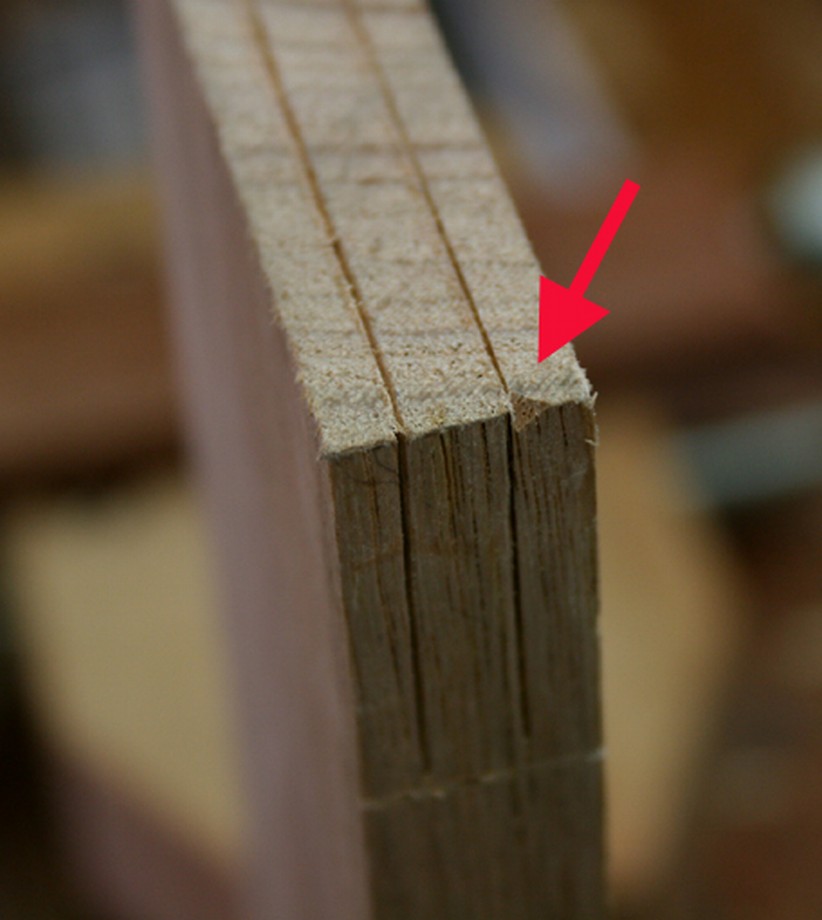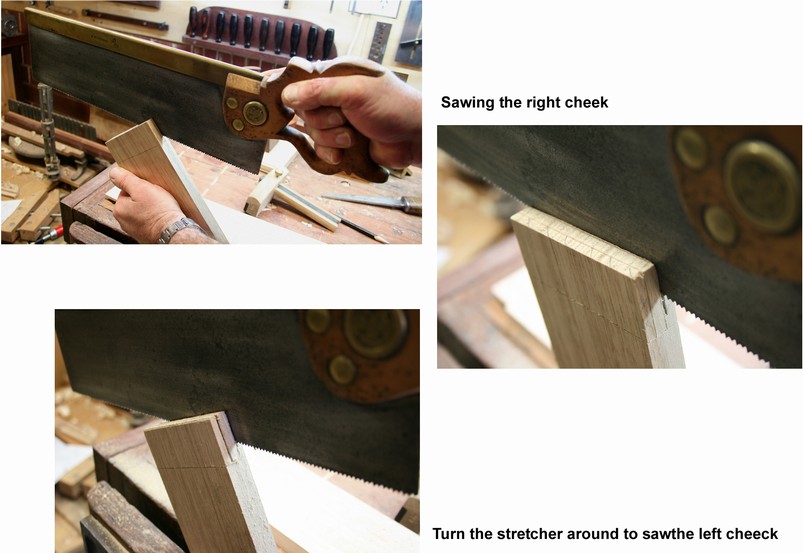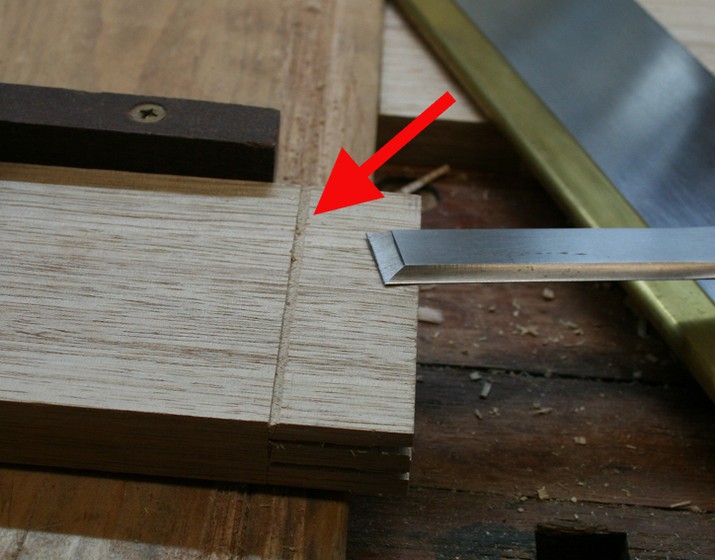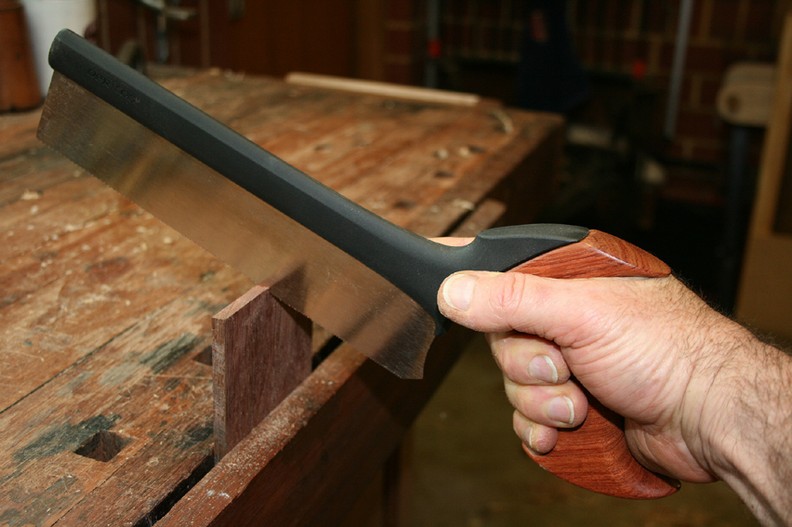Here's an excerpt from the notes that we send out with English backsaws, there may be something in here that brings about a 'eureka moment' for you.
Make sure that your timber is firmly supported with as little material as possible protruding above the vice. You should be able to finish your cut without moving the timber and not risk cutting into the top of the vice, but any more than that simply causes excess vibration.
Starting the cut is something that many people struggle with until they get used to it. English backsaws have a heavy spine along the back of the blade, the weight of which provides the maximum pressure needed for an efficient cut. Your job is to control how much of that pressure is applied, so in the vertical plane you are working between no downward pressure (full acceleration) and the point where you are taking the whole weight of the saw (tickover). To start the cut, rest the tip of the saw flat on the timber and taking almost all of its weight, gently ease it forwards for one full stroke. Lift the saw out of the cut and move back to the starting position before taking a second light stroke running in the kerf of the first one, then start to ease the saw back and forth. Gently allow the wood to take progressively more of the saw's weight as the cut becomes established. You have about ten strokes (depending on the amount of set), as you release the weight of the back, to steer the kerf straight.
Steering
To do this, observe the reflection of the timber in the side of the blade, if your timber is horizontal it should appear to carry on straight through, if it appears to be bending up or down then your blade is not plumb. All the steering is done with the thumb and forefinger of your sawing hand. This is what people are referring to when they talk about sawing 'by eye', because the reflection magnifies any error by a factor of two it is incredibly accurate and the vast majority of people only need to understand it to be able to do it really well.
Once the cut is established you can let the full weight of the saw rest on the timber and just push it to and fro, the blade will be steered by its own kerf, so as long as you started straight and the saw is tuned correctly it will just carry on cutting in a straight line. Be careful not to apply any downward pressure, you should be able to hold the handle between thumb and forefinger and slide the saw back and forth, 'let the tool do the work' is the adage that apprentices have had drummed into them for centuries. The next thing you need to think about is where the cut will stop, I like to position a mirror behind the bench so that I can see both the front and the back of the timber without having to lean over the job and have a peek every now and again. As you approach the finish, slow right down and start to take the weight of the saw in your hand again. Better to creep up slowly on your mark than charge up to it at full throttle.
English backsaws are designed to cut vertically, the mass of the back is instrumental to the whole way that they function. So if you are sawing a line of dovetails for example, always cant the wood over to the appropriate angle so that all of your cuts are vertical and then reposition the timber before cutting the opposite sides. With the right tool and a little practice, you will find that they are delightfully accurate precision instruments, and you will soon be confident splitting a knife line with one side of the blade.








